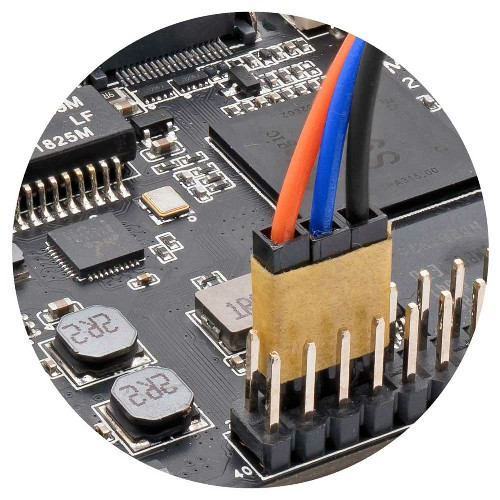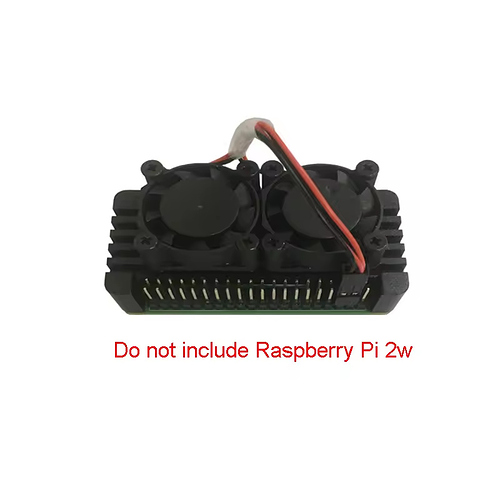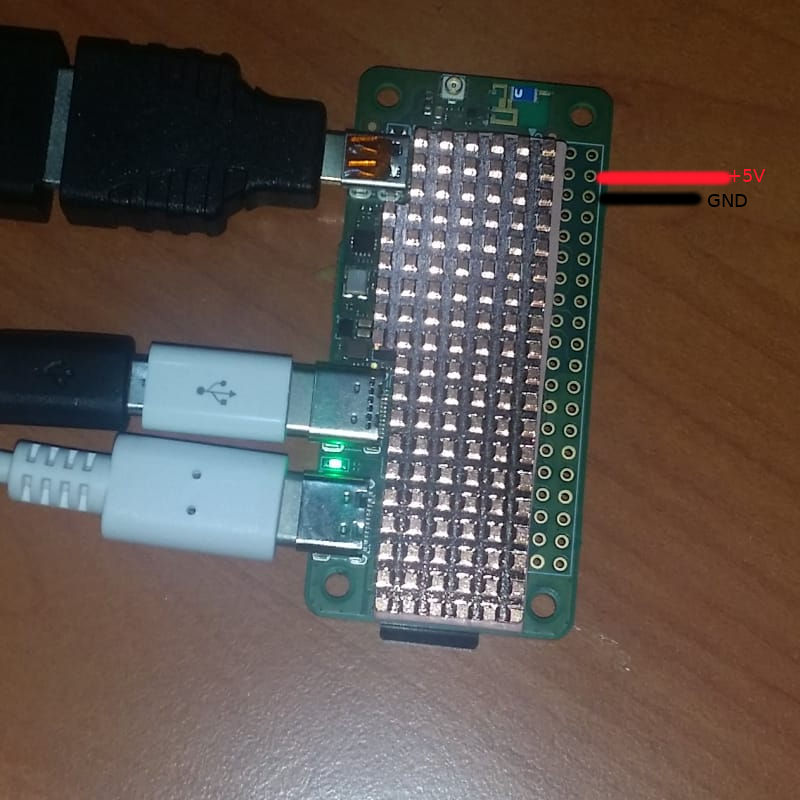Good luck fixing software bugs ‘via hardware’. Just realized that I even have a Radxa 3W review in my collection: https://github.com/ThomasKaiser/sbc-bench/blob/master/results/reviews/Radxa-Zero-3W.md
With proper settings this board as every other RK3566 device idles below 35°C, so either FreeBSD is overvolting the SoC massively which results in those insanely high temperatures or calibration for the thermal sensor is broken or it’s the wrong sensor or a combination of all these issues.
But be assured: RK3566 with proper settings/software shouldn’t need a heatsink.


